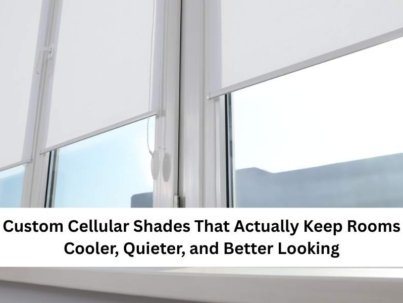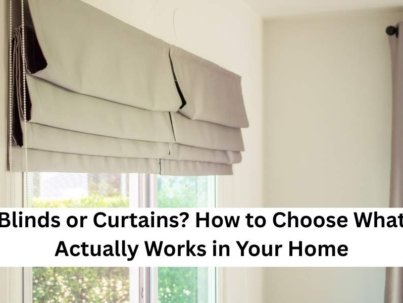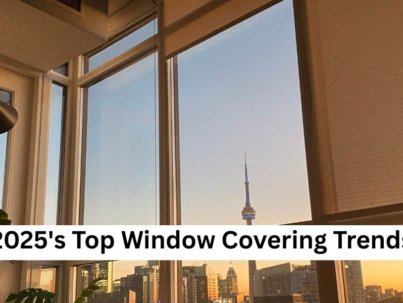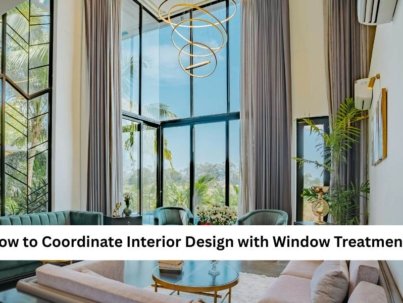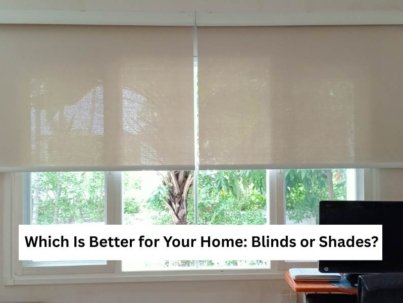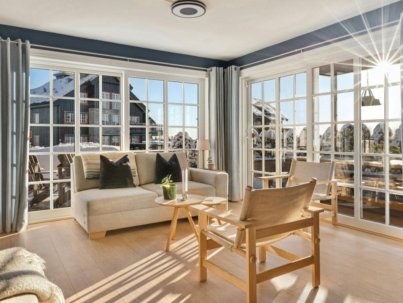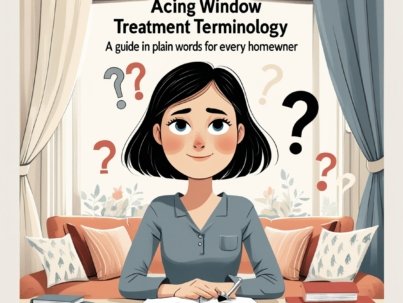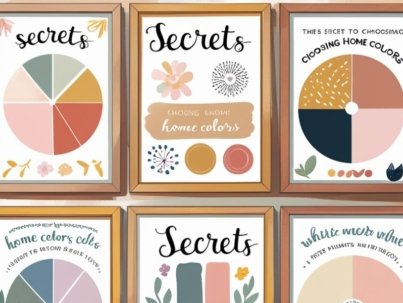Tired of Rooms That Are Too Hot, Too Cold, or Too Bright? It’s not your imagination—most heat and cold in a room come through the windows. So do harsh gl ...
HomeBlogs
Posts in category: Blogs
Blinds or Curtains? How to Choose What Actually Works in Your Home
Not Sure If You Should Go with Blinds or Curtains? Start Here You're updating a room. You want privacy, control over sunlight, and something that actuall ...
Stay Cool and Stylish: How Blinds Help You Cut Energy Costs Year-Round
Hot in summer, drafty in winter—your windows might be working against you. Heavy curtains help a little, but they’re bulky and hard to keep clean. Vinyl blinds ...
2025’s Top Window Covering Trends
Window coverings are becoming increasingly important in defining both interior style and functionality as home design continues to evolve. The newest trends ...
How to Coordinate Interior Design with Window Treatments
Selecting the appropriate window treatments is essential to completing the design of your space it goes far beyond simply blocking sunlight. Whether you cho ...
Which Is Better for Your Home: Blinds or Shades?
Homeowners frequently have to decide between blinds for windows and shades when it comes to window treatments. Though these options differ in materials, fun ...
10 Window Treatment Ideas to Transform Any Room
Your windows do more than bring in light — they frame your view, influence your mood, and define your space. The right window treatments can dramatica ...
Acing Window Treatment Terminology: A Guide in Plain Words for Every Homeowner
This handbook is here to get you acquainted with the most widely used window treatment terminology. You're redoing your house or buying youLet’s face it—window ...
Are Window Treatments Going Out of Style in 2025? Here’s What’s Trending
Window treatments have been the key to bringing a room together, giving privacy, light control, and personality for decades. But since design in today's world i ...
5 Real-Life Secrets That Make Choosing Home Colors Way Easier
Let’s face it—selecting the ideal colors for your house can be daunting. You're pinning repeatedly on Pinterest, glancing at samples, and yet you still don't kn ...
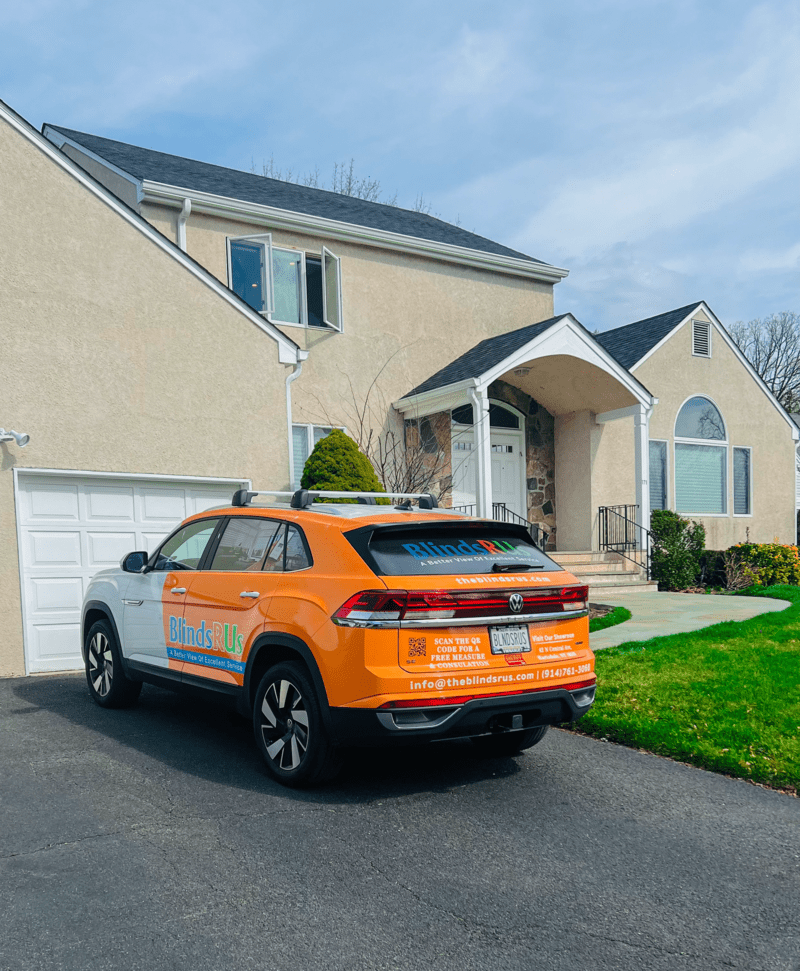
Shop At Home
Enhance the beauty and functionality of your windows with our hassle-free Shop at Home window treatments services. Explore a wide range of options and find the perfect fit for your space!


